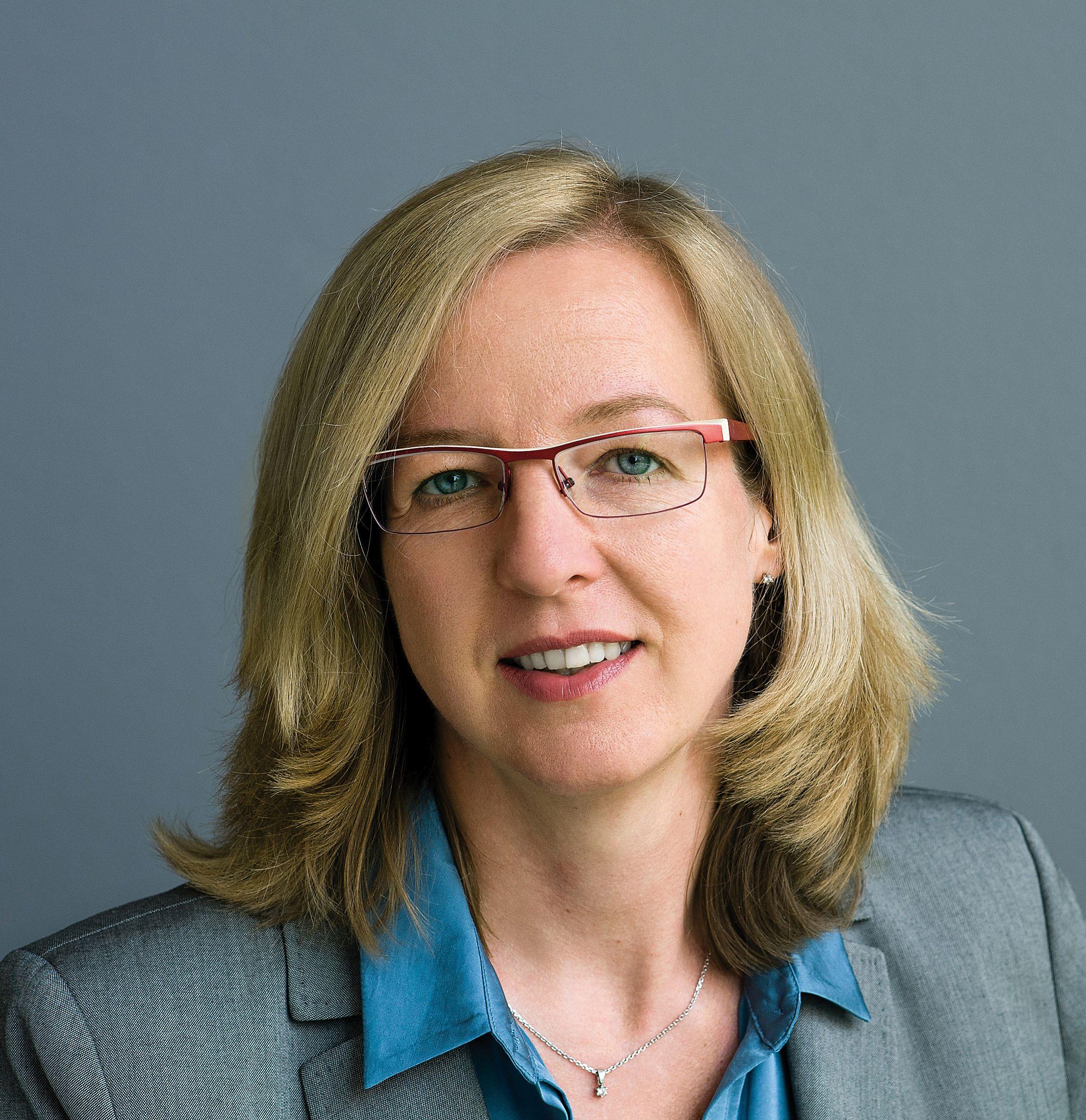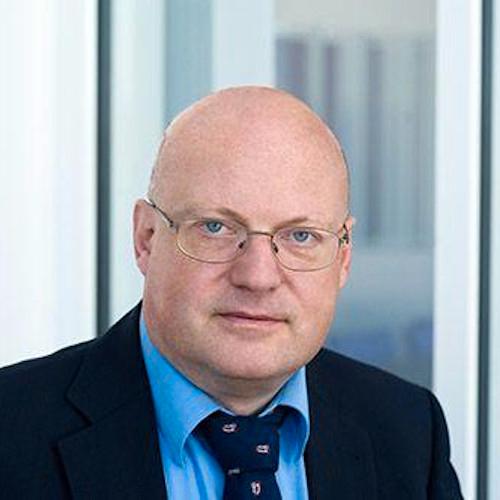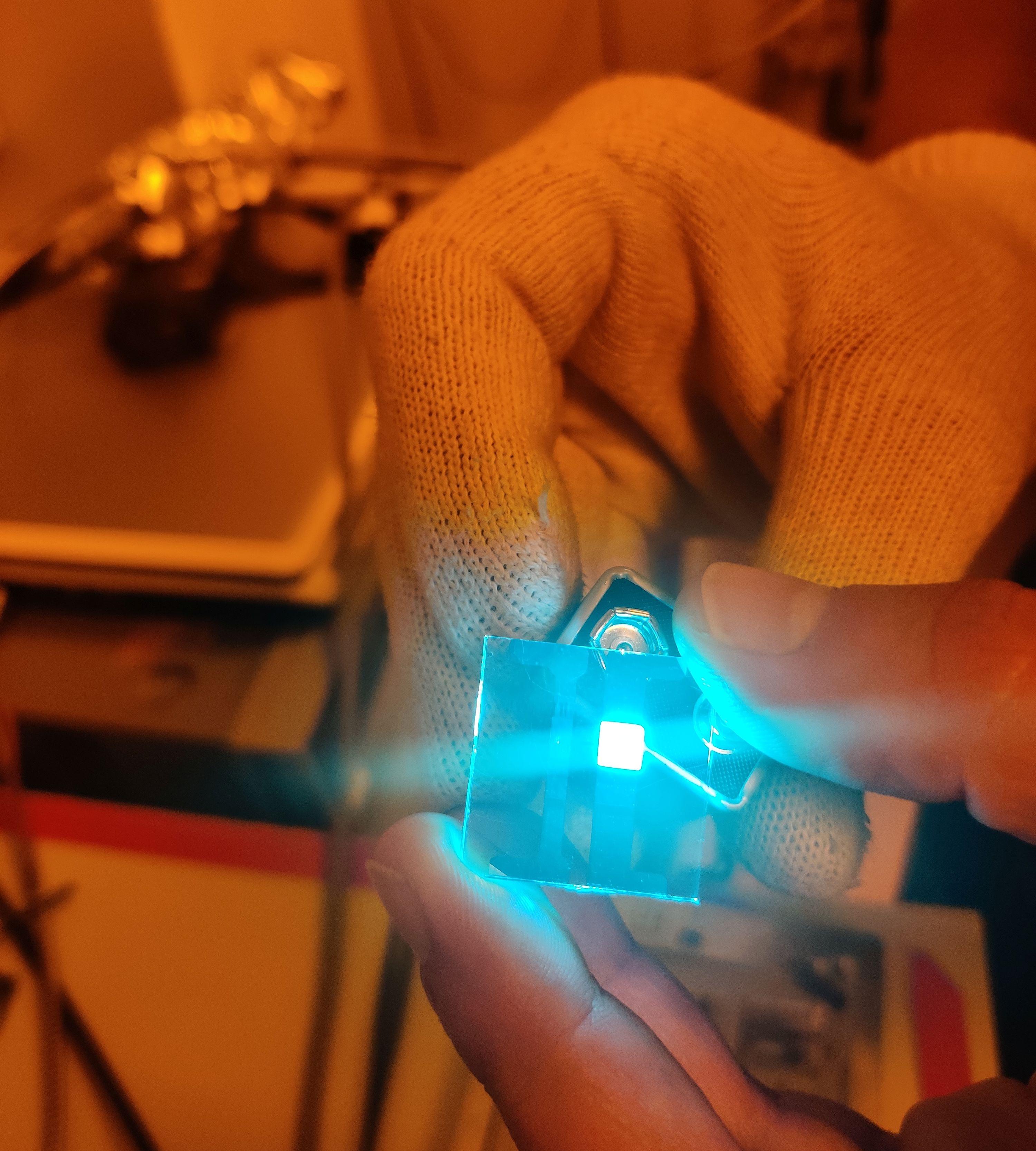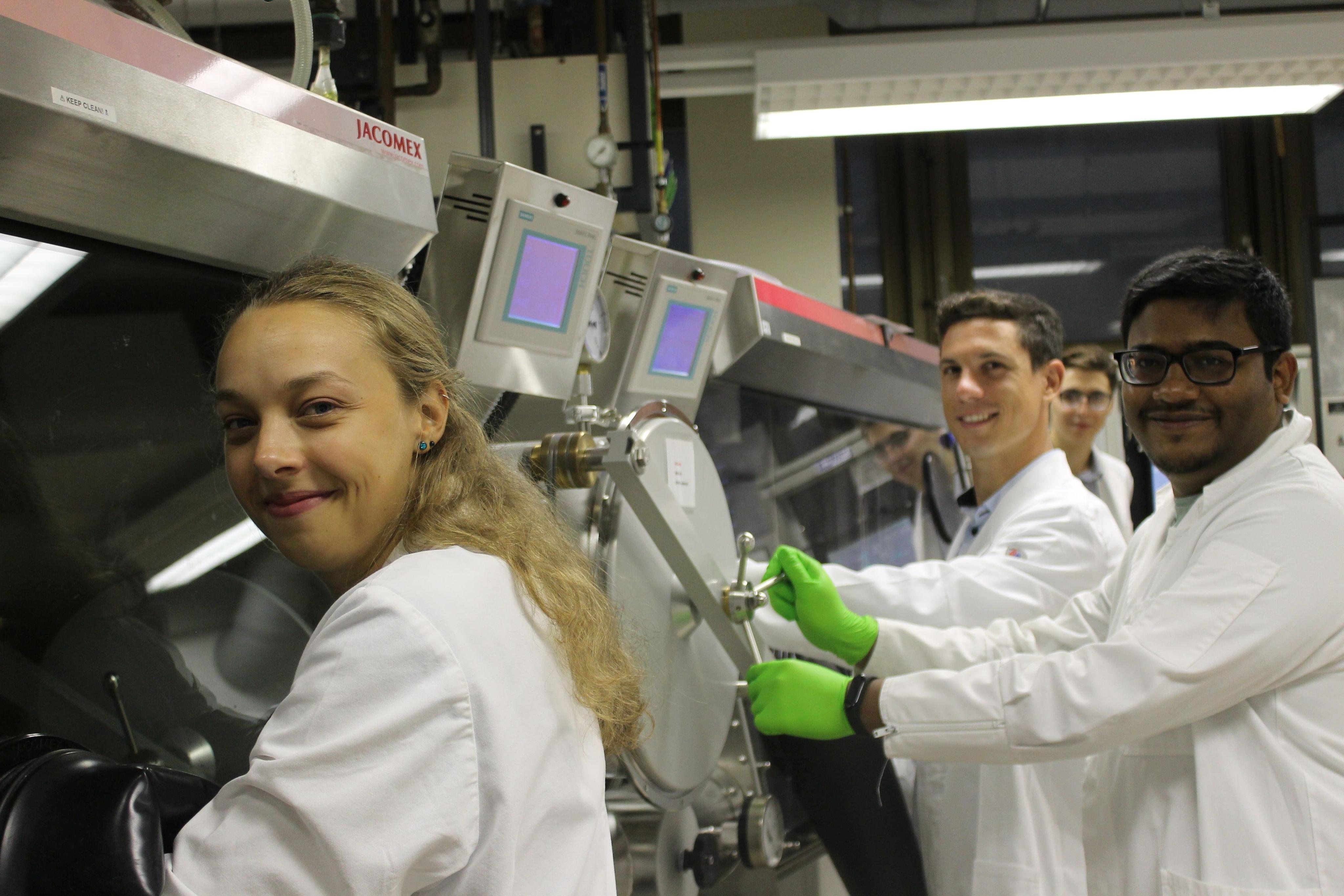High-tech research and promotion of young scientists: University of Bayreuth leads EU-funded network on organic light-emitting diodes
University of Bayreuth, Presse release No. 007/2023 - 26 January 2023
The international research network "TADFsolutions", coordinated by the University of Bayreuth, was recently launched. It is funded by the EU with a total of about 3.1 million euros over the next four years. The network aims to develop semiconductor materials for a new generation of organic light-emitting diodes (OLEDs). These are intended to show unprecedented luminosity and color purity, consume little energy and have a significantly longer lifetime than current commercially available light-emitting diodes.
Organic light-emitting diodes play a key role for the screen quality of computers, tablets, televisions, smartphones and other high-tech devices. A new research approach called thermally activated delayed fluorescence (TADF) will make it possible to significantly increase the luminosity, color purity, energy efficiency and stability of OLEDs. In this process, energy states that do not emit light are transformed into emitting energy states. The partners from science and industry involved in the new research network want to develop materials for OLEDs that are superior to the materials used to date in terms of their optoelectronic and physicochemical properties. At the same time, it should be possible to dissolve the new materials in liquid solvents and then process them further. Solution-based manufacturing processes for OLEDs consume less energy and are more cost-effective overall. In addition, they are compatible with established processes in the plastics industry, so that the OLEDs can be applied to flexible plastic carrier films, for example, using inkjet printers or roll-to-roll processes.
"High-performance, energy-efficient and stable organic light-emitting diodes have enormous technological and economic potential. Global competition in research and development in this field is visibly intensifying, with the countries of the Far East now playing a dominant role. European universities, research institutions and companies therefore have a great interest in not only continuing to keep pace with global competition, but also - wherever possible - gaining an edge. This requires highly motivated and innovative young talent in chemistry, physics and materials science, which we want to promote comprehensively in TADFsolutions. The aim is to provide them with in-depth fundamental and application-oriented skills and research experience in an international network, but we also want to contribute to the general personal development of our doctoral students," says the spokesperson of TADF-solutions, the Bayreuth experimental physicist Prof. Dr. Anna Köhler, who was instrumental in initiating the European network. She refers to the close cooperation with universities in Israel and Japan, which participate in the training of the doctoral students with their high-tech laboratories.
A new Marie Skłodowska-Curie Innovative Training Network (ITN) at the University of Bayreuth
The new research network is funded by the European Union as a "Marie Skłodowska-Curie Innovative Training Network (ITN)". Nine European partners form the core of the network: the University of Bayreuth and the University of Cologne (Germany), the TU Eindhoven and the company Simbeyond B.V. (Netherlands), the University of St. Andrews and Durham University (UK), the Université de Bordeaux and the Centre National de la Recherche Scientifique in Rennes (France), and the Universitat de València (Spain). In addition, nine universities, research institutions and companies in Europe and Japan are associated with the network. These associated partners include, for example, Merck KGaA in Darmstadt and the Bayerische Forschungsallianz GmbH (BayFOR) in Munich.
The pronounced interdisciplinarity and internationality of TADFsolutions will ensure that all PhD students always keep the entire network with its different research areas in view and do not focus exclusively on their own research topics. In principle, they will collaborate on changing topics and locations during the course of their funding, so that they can become familiar with the advantages of innovative "multistreaming" concepts in scientific collaboration and use them independently in later professional activities. Even while working on their doctoral projects, the doctoral students are given the opportunity to publish their own papers in renowned scientific journals. Close contacts with European industrial partners familiarize them with procedures and instruments of knowledge and technology transfer and provide them with sound insights into the markets for high-tech products based on organic light-emitting diodes.
The TADFsolutions training concept is based on the experience gained by many of the participating partner institutions through their involvement in previous EU-funded collaborative projects. This includes TADFlife, a "Marie Słodowska-Curie Innovative Training Network (ITN)" led by Prof. Dr. Anna Köhler at the University of Bayreuth from 2018 to 2022, which also focused on photophysical processes in OLEDs. "Many of the doctoral students we trained in this predecessor project are now working in responsible positions in science and industry and will be able to provide valuable input and impetus to our TADFsolutions network with their expertise," says the Bayreuth experimental physicist.
From TADFlife to TADFsolutions
The predecessor project TADFlife aimed to understand the processes that limit the lifetime and efficiency of common OLEDs made of non-soluble materials. The knowledge gained has subsequently been used to improve these light-emitting diodes in terms of their stability and efficiency. The new TADFsolutions project goes beyond this: the aim is now to investigate these processes in organic semiconductor layers that are produced from liquid solution and therefore have a particularly disordered morphology. This makes the physical processes to be investigated more complex, but the production of these light-emitting diodes more cost-effective.
Photos (see above) for download
- Examination of an organic light-emitting diode (OLED)
Photo: Rishabh Saxena - Light-emitting diode research at the University of Bayreuth
Photo: Christian Wißler

Prof. Dr. Anna Köhler
Lehrstuhl für Experimentalphysik II
Optoelektronik weicher Materie
Universität Bayreuth
Telefon: +49 (0)921 / 55-2600
E-Mail: anna.koehler@uni-bayreuth.de
Web: https://www.ep2-bayreuth.de

Christian Wißler
Stellv. Pressesprecher, Wissenschaftskommunikation
Universität Bayreuth
Telefon: +49 (0)921 / 55-5356
E-Mail: christian.wissler@uni-bayreuth.de



